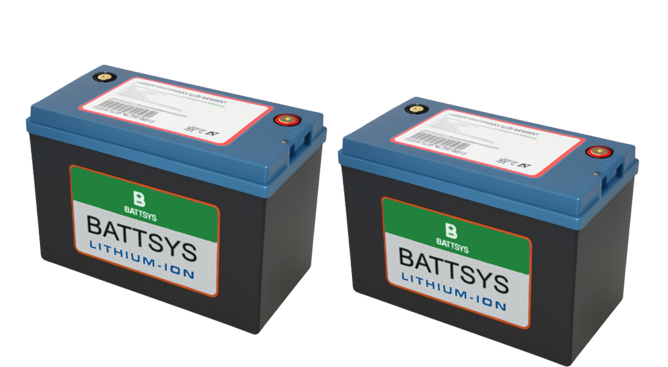Methods to improve overcharge safety of lithium batteries.
Lithium ion batteries are a new type of energy with high capacity and long cycle life, and they have a wide range of applications. However, lithium-ion batteries have safety hazards such as explosion and combustion during overcharging. At the same time, the surface of the carbon negative electrode in an overcharged state can also be reduced in safety due to the deposition of metallic lithium [1], and even ultimately lead to battery explosion. Therefore, how to improve the overcharge safety of lithium-ion batteries has always been a research focus. Shenzhen Puxun Battery analyzes the methods to improve the overcharge safety of various parts inside lithium-ion batteries.

Another overcharge protection method for electrodes is to apply a layer of PTC coating between the current collector and the active material. When the internal temperature of the battery is too high, the PTC layer will dissociate due to heat, and the active material will detach from the chip to prevent further overcharge of the battery.
The overcharge protection mechanism of electroactive polymers is achieved by utilizing the significant changes in conductivity during the re doping and de doping processes of certain polymers. It can provide overcharge protection for a battery that is in an overcharge state without affecting the normal operation of other batteries; And when the battery is working normally as a whole, the protected battery can resume normal operation. Karen E. Thomas Alyea's research shows that electroactive polymer films made from poly (3-butylthiophene) P3BT can provide reversible overcharge protection for lithium-ion batteries at around 4.2V without affecting battery performance.
E-Mail: inquiry@fentbattery.com
Tel: 0086 20 3901-1403
Address: No.3, Dongli Road, Xili, Dongyong Town, Nansha District, Guangzhou City, China
Copyright@ China lithium ion battery manufacturers & suppliers & producers | Lithium Battery Factory & Company-BATTSYS Sitemap